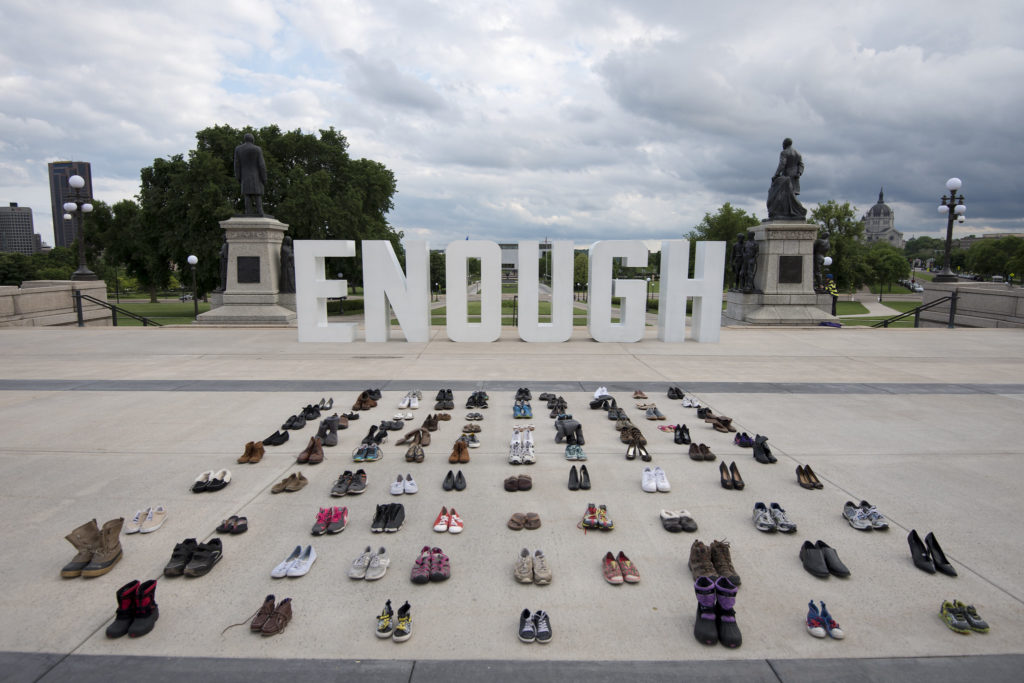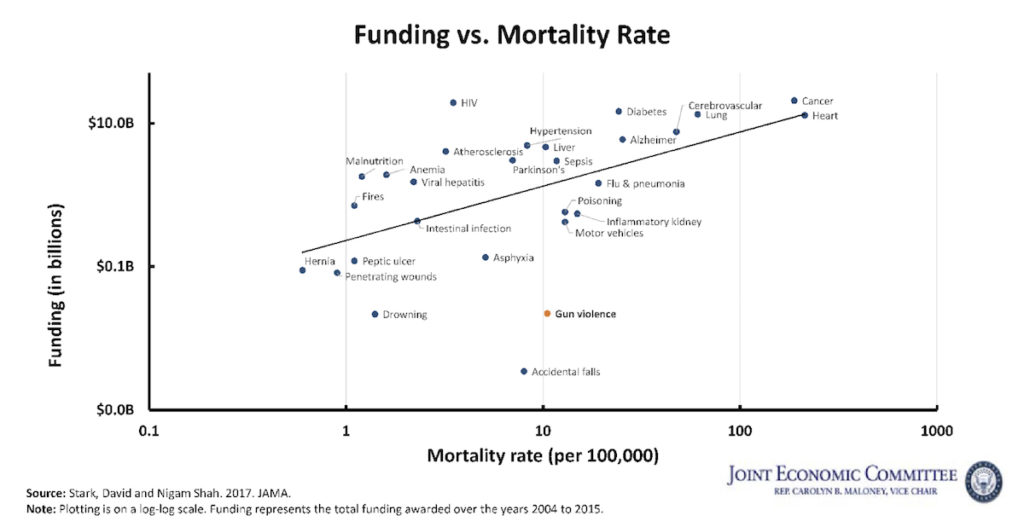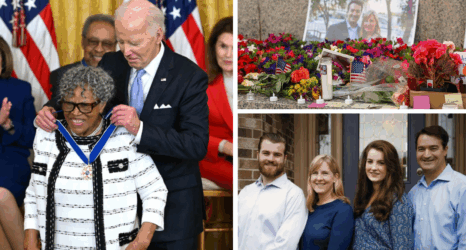Federal funding for research on gun violence has faced severe restrictions for more than two decades. This makes it difficult for policymakers to fully understand the problem and create solutions to fix it.

This lack of federal funding largely is due to the 1996 Dickey amendment, which specifies that “none of the funds made available for injury prevention and control at the Centers for Disease Control and Prevention (CDC) may be used to advocate or promote gun control.” In 2011, Congress extended this restrictive language to other health agencies, including the National Institutes of Health.
These actions created a chilling effect, significantly curtailing the amount of gun violence research that has been performed at the federal level. Congress in 2018 provided clarifying language to the CDC, in effect saying that the Dickey amendment does not prevent the agency from conducting research on gun violence. But lawmakers did not appropriate any funds to the CDC for this purpose. As a result, the agency still cannot carry out adequate levels of research.
Federal funding for research on gun violence is extremely low compared to spending on research of other leading causes of death. A 2017 study found that the federal government spends just $63 on research for every life lost compared to nearly $183,000 on every HIV-related death. Meanwhile, more Americans died from gun violence between 2001 and 2013 than from AIDS, illegal- drug overdoses and the wars in Iraq and Afghanistan combined.
If funding for research on gun violence were comparable to spending for research on other leading causes of death, such as liver disease or high blood pressure, it would have received $1.4 billion from 2004 to 2015. Instead, federal agencies only provided $22 million in funding for research on gun violence during that period—almost 64 times less.

Democrats, including members of the House Gun Violence Prevention Task Force, have strongly advocated for federal funding for gun research. This year, Sen. Edward Markey (D-MA) and I re-introduced legislation to allocate $50 million to the CDC for gun violence prevention research.
While to date the legislation has not passed the House or Senate, on June 19 the House approved an appropriations bill (H.R.2740) that would allocate $50 million in funding to the CDC and NIH for gun violence prevention research. The Senate has not taken action on this legislation, nor has it voted on other gun-related bills passed this year in the House—including H.R.8, the Bipartisan Background Checks Act, and H.R.1112, the Enhanced Background Checks Act.
Research on gun violence has been vastly underfunded in recent decades, due in large part to the Dickey amendment. With more funding, federal agencies could improve data collection methods and databases. Researchers, with more grant money, could develop and use enhanced databases and conduct higher quality research that could create a better understanding of the various forms of gun violence. This would help policymakers, nonprofit institutions and individuals develop improved methods to prevent gun deaths and injuries.
Without federal data on gun violence, for example, it is impossible to take local prevention programs that work and scale them up to function on a nationwide basis. The lack of federal information on the causes of gun violence also allows policymakers to hypothesize about solutions to gun violence that may not be supported by actual data. This prevents an informed debate from taking place and further polarizes the issue of preventing gun violence.
After all, the first step in solving any problem requires understanding it.





